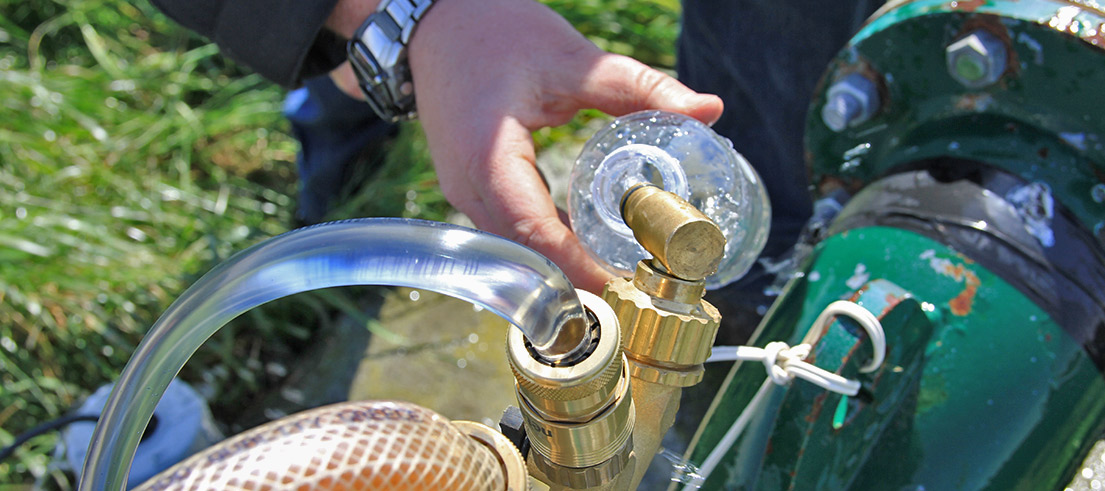
New groundwater quality reports released
Environment Canterbury has released two new reports on groundwater quality in the region.
Groundwater Science Manager Carl Hanson said the report on our Annual Groundwater Quality Survey summarises the current state of groundwater quality throughout the region and provides analysis of trends over the past decade.
While the Risk Maps of Nitrate in Canterbury Groundwater 2022 report, produced every second year, is for people with private bores drawing water from shallow groundwater aquifers and used by Community and Public Health to help ensure safe drinking water, he said.
“These reports give a general picture of groundwater quality. Bore owners are responsible for their individual supplies. With the heavy rainfall the region has experienced this winter, we strongly recommend that people have their well water tested and make sure it is safe to drink.”
Results in line with expectations
Our annual groundwater quality survey takes place each spring, when groundwater levels are usually highest. We collect samples from wells to help understand the state of the resource and assess changes in water quality over time.
“The results in the latest groundwater report are what we expected,” Hanson said. “They are similar to most years, noting that these are ‘snapshot’ surveys.”
Groundwater is vulnerable to contamination, including E. coli and nitrate. For the 2021 survey, 327 wells were sampled region wide. E. coli was detected in samples from 29 (9%) of these wells, and samples from 34 (10%) of the wells had nitrate concentrations above the Maximum Acceptable Value (MAV), the national drinking water standard set by Taumata Arowai.
The MAV is 50 milligrams per litre for nitrate, equivalent to 11.3 milligrams per litre of nitrate-nitrogen.
Nitrate concentrations continue to rise
“The 10-year trend analysis shows that nitrate concentrations continue to increase in groundwater across the region,” Hanson said.
“All wells with nitrate and E. coli above the MAV are privately owned. The owners of these wells have been notified. Most of the wells are not used for drinking water. Some owners have installed filters if they are drinking the water. Others have replaced the wells, but we still monitor old wells for our long-term trend analyses.”
Read the Annual Groundwater Quality Survey - 2021 report (PDF File, 3.4MB).
The Risk Maps of Nitrate in Canterbury Groundwater 2022 shows the risk of shallow groundwater exceeding the MAV.
“The latest maps contain only minor changes from the previous version from two years ago,” Hanson said.
Read the full Risk Maps of Nitrate in Canterbury Groundwater - 2022 report (PDF File, 2.85MB).
The maps, and health advice, will also be available on the Community and Public Health website.
Private drinking water suppliers need to test
Nitrate concentrations in Canterbury groundwater have been increasing for many years, due largely to nutrient losses from agricultural land.
“Environment Canterbury takes nitrate very seriously,” Hanson said. “We have some of the strictest land-use rules in New Zealand to protect the region’s water quality. Over time, these steps will help ensure that less nitrate enters Canterbury’s water.”
While Environment Canterbury is responsible for the health of all groundwater and surface water in the region, people with private drinking wells are responsible for ensuring they have a safe supply.
Hanson offers this advice: “Make sure your well is secure and test your water periodically. In most cases, samples can be taken from a kitchen tap and sent to a lab for testing at your own expense.”
